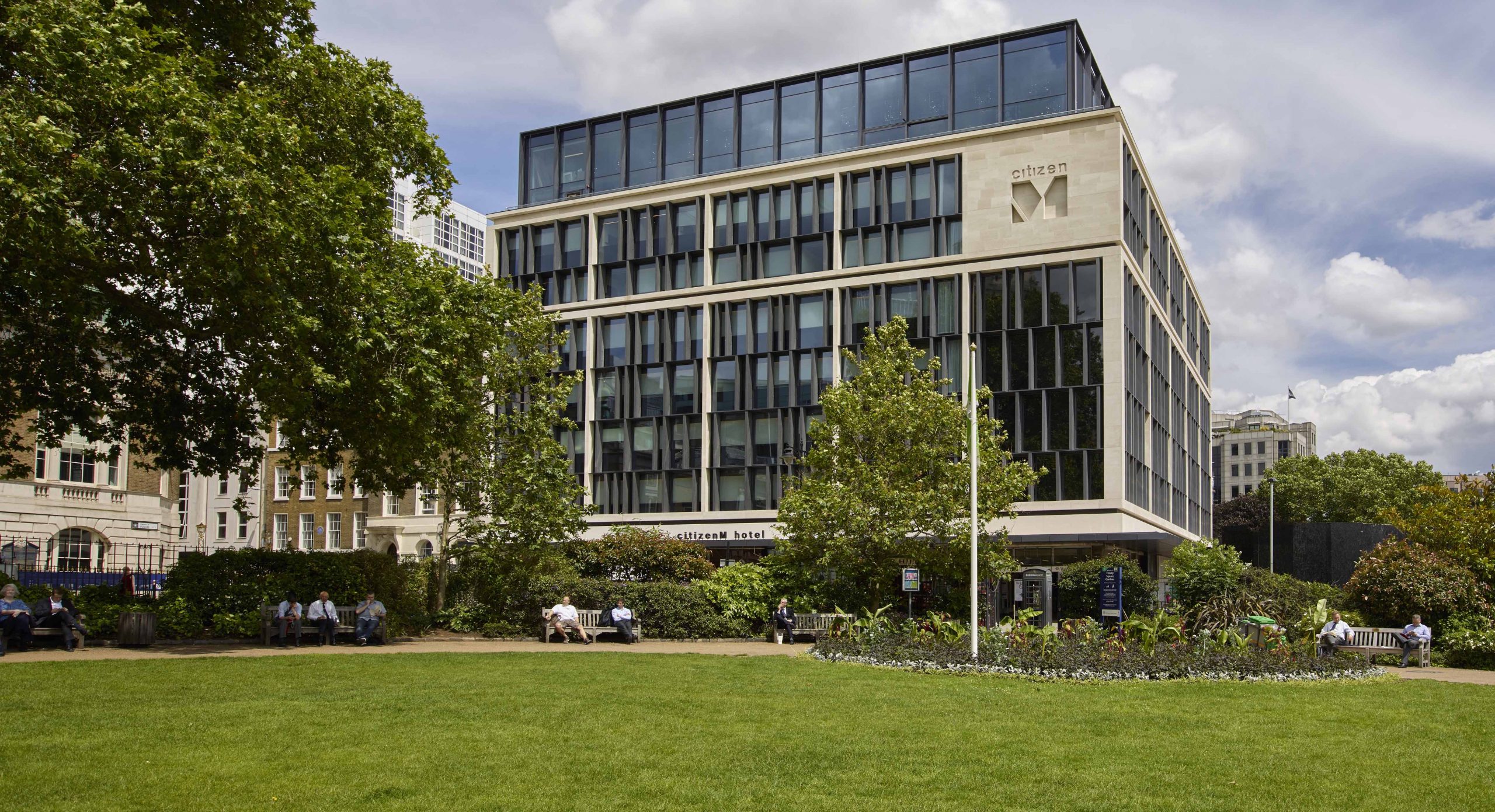
A Guide to MMC Planning Permission
Modern methods of construction (MMC) are transforming the way structures are being designed and constructed.
When adopting these methods on a project, an important factor is ensuring that you will get the needed planning permission for the build to go ahead.
This isn’t always a straightforward process (the process takes on average over three months for complex and large builds), and that is why we’ve created this guide to talk you through the process, and let you know the best ways of getting approval.
Let’s take a look.
Is it Easy to Get MMC Planning Permission?
MMC involves using innovative and off-site construction techniques to build structures more efficiently and sustainably.
The ease of obtaining planning permission for MMC projects can vary depending on the location, scale, and nature of the project.
With modern methods being used, it opens up the possibility for exciting design and structural features in buildings, that may require some explaining and detailing before approval is provided.
While it may be a long process. It is by no means impossible, and therefore knowing how to approach an application is vital to ensure you have the best possible chance of getting the MMC planning permission you need.
The Approval Process
As the process can be daunting, we’ve broken it down into several steps so you will know roughly what to expect over the months of your application.
- Pre-Application Consultation: Before formally submitting a planning application, it’s often advisable to engage in pre-application consultation with the local planning authority (LPA). This provides an opportunity to discuss the proposed MMC project, gather initial feedback, and address any concerns.
- Submit Planning Application: Prepare and submit a formal planning application to the LPA. The application will typically include detailed plans, drawings, site assessments, and other relevant documents that describe the proposed MMC project.
- Validation and Review: The LPA will review the submitted application to ensure it is complete and meets the necessary requirements. This may involve checking that all required documents, fees, and information are provided.
- Public Consultation: Depending on the scale and nature of the MMC project, there may be a requirement for public consultation. The local community and stakeholders may have an opportunity to provide feedback and raise any concerns.
- Technical Assessments: The LPA may conduct technical assessments or request additional information to evaluate the impact of the MMC project on factors such as transportation, ecology, heritage, noise, and other relevant considerations.
- LPA Decision: The LPA will review all the information and make a decision on the planning application. The decision can result in one of the following outcomes:
Approval: The planning permission is granted, possibly with certain conditions that need to be met.
Refusal: The planning permission is denied, and reasons for the refusal are provided.
Deferred Decision: The LPA may request more information or time to consider the application.
Appeals: If the application is refused or if there are disagreements about the conditions attached to the approval, there may be a right to appeal the decision through a formal appeals process.
- Compliance and Construction: If planning permission is granted, the MMC project can move forward to the construction phase, subject to meeting any specified conditions. The project must be carried out in accordance with the approved plans and any agreed-upon conditions.

5 Tips to Help Get Your MMC Planning Approved
Provide Plenty of Detail
Detailed proposals allow the LPA to identify potential risks associated with the MMC project, such as construction impacts, traffic disruptions, or environmental hazards. Mitigation strategies can then be devised to address these risks.
By providing heavily detailed plans and containing information on renderings and design explanations you can help illustrate the visual impact of the MMC project on the surrounding area.
This is particularly important for ensuring the project’s compatibility with the local architectural context.
A detailed proposal helps the local planning authority and other stakeholders to fully comprehend the scope, design, and intent of your MMC project.
By always backing up points made with clear explanations and visuals, you can aid in avoiding misunderstandings and misinterpretations.
Detailed information also allows the LPA to assess whether your MMC project aligns with local planning regulations, zoning requirements, and environmental standards. This increases the likelihood of obtaining planning permission.
Highlight the Environmental Benefits
Many jurisdictions require projects to adhere to environmental regulations and standards. Discussing the environmental benefits in your MMC planning proposal helps demonstrate that your project meets or exceeds these requirements.
Many authorities and communities have sustainability and environmental policies in place. By highlighting the environmental benefits, you can align your MMC project with these policies, increasing the likelihood of receiving planning permission.
Not only that but emphasizing environmental benefits can help to foster positive relationships with the local community and stakeholders, which can make a big difference when it comes to obtaining planning permission.
People are more likely to support projects that contribute positively to environmental conservation and sustainability.
By addressing environmental concerns in your proposal, you can showcase your project as a responsible and conscientious development. This positive image can lead to a stronger reputation and a boost in public perception.
Engage at an Early Stage
Local authorities have a crucial role in granting permits and approvals for construction projects.
Engaging early allows you to understand and address any zoning, building code, or regulatory requirements related to MMC. This helps ensure a smoother and more efficient approval process.
It’s not just the authorities who you should engage with though. Involving the local community early on allows you to gather valuable feedback and insights.
This input can help you design an MMC proposal that takes into consideration the community’s needs, concerns, and preferences, enhancing the project’s overall acceptance.
Engaging with the community from the outset can also help identify and address potential sources of opposition or resistance to the MMC proposal. By proactively addressing concerns, you can reduce opposition and minimize delays during the planning and construction phases.
Early engagement is always welcome as it fosters transparency and builds trust between project stakeholders, including local residents and authorities.
Open communication about the MMC proposal’s benefits, impacts, and timelines can create a more positive perception of the project.
Local authorities and communities possess valuable insights into the area’s history, culture, and context. By giving yourself plenty of time to speak with them and learn from them, it allows you to tap into this knowledge, helping you tailor the MMC proposal to fit harmoniously within the local environment.
What is key throughout the process is communication. Building relationships with local authorities and communities early on establishes a foundation for ongoing communication throughout the project lifecycle. This communication ensures that stakeholders are informed about project updates and can provide input as needed.
When local authorities and communities are involved in the MMC planning proposal from the beginning, they are more likely to support the project.
This support can influence decision-making processes, facilitate approvals, and contribute to the project’s overall success.
Get to Know the Community
Establishing relationships with community members fosters trust and credibility. When communities feel heard and respected, they are more likely to be supportive of the MMC proposal, leading to smoother project approval processes.
You will also gain insights that can inform your decision-making. By understanding the local context, you can make more informed choices about design, construction methods, and project features.
The end goal is often to create a building or structure that can be used by many people, whether it is in creating jobs or simply creating a place for them to live or stay. By involving communities, you can identify opportunities to create positive social, economic, and environmental impacts. This could include the aforementioned local job creation, skills development, and infrastructure improvements.
Different communities may have distinct cultural values, traditions, and preferences. Engaging with them and hearing how they feel through thorough communication allows you to be sensitive to these cultural factors and design the MMC proposal in a way that respects and honors the community’s identity.
This can lead to innovative and customized solutions that enhance the MMC proposal’s overall quality. Local knowledge can contribute to effective problem-solving and the development of practical, site-specific approaches.
Be as Visual as Possible
Demonstrating visibility can showcase your organization’s innovation and commitment to modern construction methods. This can attract positive attention and potentially lead to collaboration opportunities or recognition within the industry.
A visible and open approach can contribute to a positive public perception in a big way. This is especially important in today’s interconnected world, where information spreads quickly through various media channels.
By providing a wide range of visibility in the planning proposal you immediately showcase a commitment to transparency. When stakeholders, including local communities, regulatory authorities, and project partners, can see your intentions and actions, it builds trust and fosters positive relationships.
High visibility also allows you to engage with local communities effectively. It enables you to share information, gather feedback, and address concerns, ultimately leading to better community acceptance and support for the MMC proposal.
This approach also helps to identify potential issues early in the planning process. By making your plans and intentions clear, you allow stakeholders to provide input and raise concerns before they escalate into larger problems.
As we’ve mentioned throughout this blog, communication is key, and being visible allows you to communicate proactively about the MMC proposal’s benefits, objectives, and progress.
This reduces misunderstandings and prevents misinformation from spreading, helping you maintain a positive public image.

MMC Design, Development & Planning from Studio Anyo
If you are looking for MMC advisors to help on your next project, from the design stage to the development and planning, then Studio Anyo can help.
Our team has years of experience across many different projects and would love yours to be next.
Want to know more? Then get in touch with our team today.


